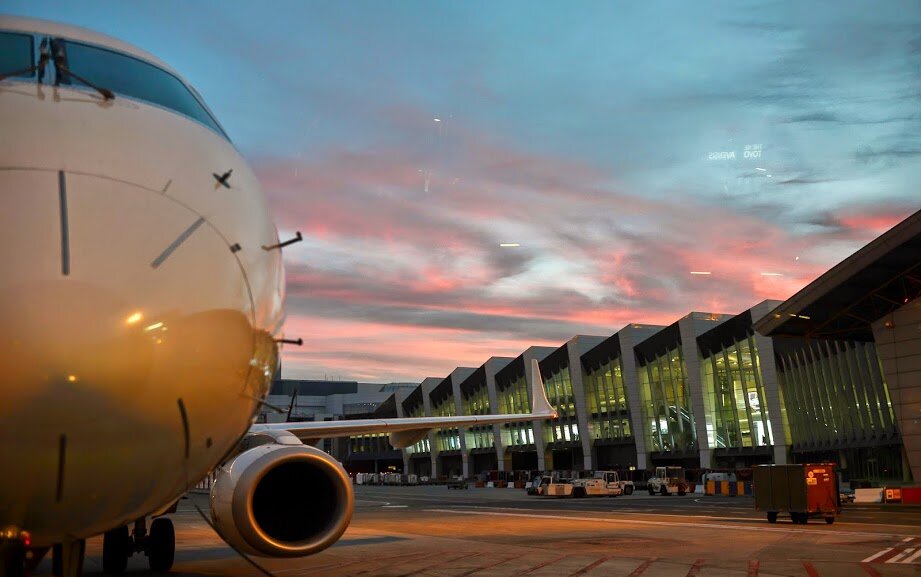Published Articles

Airline Innovation: How FSCs Challenge LCCs with New Products
Air travel is a commodity. For most travelers, price is king, and fare competition is fierce. Over the years, the vicious circle of price wars has left a trail of airline casualties. Surprisingly, many other industries manage to thrive in a commoditized environment, and airlines can learn from them.
Commoditization occurs when the market perceives products to be substitutable. When products are substitutable, customers will naturally purchase the cheapest, and businesses will fight to lower their costs. It is common for economic textbooks to use the evolution of the American airline market after deregulation to introduce commoditization.

Thailand Aviation: What Happened to It?
In our growth markets series, we covered China, Turkey, Australia, Indonesiaand South East Asia Aviation. Today, we take a look at Thailand.Last year, Thai Airways announced it was axing the Bangkok-Los Angeles route, in a move that put an end to 35 years of service to the US. Rome and LAX were two loss-making routes reported to be costing the airline $3 million a year. After a net loss of $445 million in 2014, Thai Airways’ debt skyrocketed to $5.9 billion, the highest among Southeast Asian airlines.
Once admired for its dream of competing with the likes of Singapore to become Southeast Asia’s global hub, Thailand has seen things changing fast. From the delivery of its flag carrier’s first A380 to the red stamp received by ICAO last year, Thailand seems to have lost its edge. Or has it? After all, Thailand’s airports have doubled traffic in six years, and carriers are ramping up with aggressive plans for expansion.

Anti Open Skies Campaign, What Happened to It?
President Donald Trump.
Got your attention?
For the past eight months a reality TV star, businessman, celebrity, whatever other word you want to use, has been leading the race for the presidential nomination of one of the two major parties in the United States. There is a lot to be alarmed and surprised about. But as I thought about this post, while watching another in an endless series of interviews, debates, town hall meetings with the candidates, I started thinking about…Open Skies. Seriously.

South East Asia Aviation: What You Need to Know
“The liberalization of ASEAN’s aviation sector will be a major catalyst for the region’s economic growth by 2030” - Liow Tiong Lai, Malaysian Minister of Transport
The Malaysian Minister of Transport’s thoughts are backed by strong arguments as aviation plays a vital role in developing business, trade, sales, innovation, investments and tourism, all facilitating economic growth. With South East Asia being one of the most dynamic areas in the world, a boost in tourism and trade should have astonishing effects and bring countless opportunities - and challenges - for all aviation players. Latest news indicate that the Single Aviation Market (SAM) is due to be signed by this year.

Open Skies: An Update
In April 2015, I wrote about the fight brewing in the U.S. between the three major international air carriers (American, Delta and United) and the three Gulf carriers (Qatar, Emirates and Etihad).
My thesis was that this was part of a strategy to get better treatment from the U.S. government in a variety of areas, and to attain a favorable outcome during consideration in the US Congress of legislation to reauthorize the Federal Aviation Administration (the legislation includes many of the taxes and fees airlines and their passengers must pay). While there were some wild statements from both sides, I believed this was a more limited strategy. And if you read, for example, the speech given by Airlines for America CEO Nick Calio at the International Aviation Club in Washington last Fall, there is much evidence for that.

Open Skies: Invite to Complain or Compete!
Gulf carriers, such as Emirates Airline, Etihad Airways, and Qatar Airways, have expanded enormously and have established an intense global competitive network. These carriers’ future growth prospects depend on their ability to gain access to markets in Europe and America. Existing bilateral air agreements and the US incumbent carriers lobby hamper the Gulf carriers' expansion plans through restricting market access

Open Skies: What U.S. Airlines Really Want
In 1992, Jeff Shane (currently General Counsel at the International Air Transport Association and then a senior official in the United States Department of Transportation) negotiated the first “open skies” agreement with The Netherlands. As odd as it may seem now, the reaction to this development (after people asked “what is open skies?”) was largely negative.
